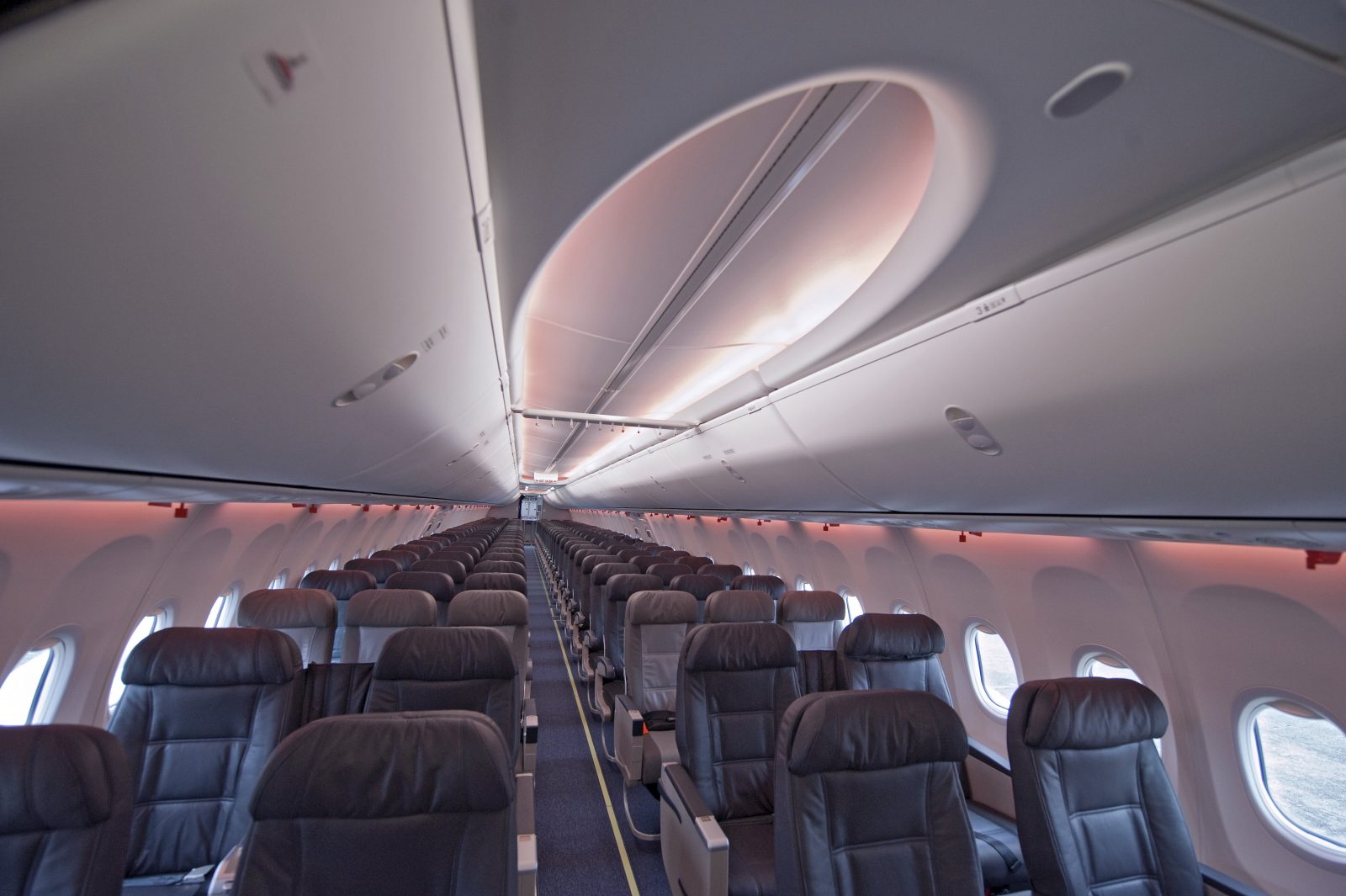
The Federal Aviation Administration (FAA) has given permission for airlines to move flight attendants from their usual jumpseats at critical phases of flight like during takeoff, landing and during turbulence to comply with social distancing measures. The FAA normally mandates certain jumpseat locations that flight attendants have to be stationed at in order to keep view over the cabin and operate the emergency exits in the event of an evacuation.
The decision to grant a temporary exemption follows lobbying from a number of groups including the Association of Flight Attendants (AFA-CWA), the Transport Workers Union (TWU) and Airlines for America, a trade group that represents some of the biggest airlines in the United States including American, Delta and United.

As well as not needing to sit at certain jumpseat locations, the FAA has also granted an exemption from demonstrating the use of oxygen face masks and lifejackets during manual safety demonstrations. The FAA made the decision based on concern that handling the shared equipment near to the face could spread Coronavirus amongst crew.
Airlines for American petitioned the FAA with concerns that airlines were struggling to get hold of enough disinfectant wipes to clean shared demonstration equipment between uses. Airlines were also concerned about flight attendants being sat next to one another on double jumpseats or in close proximity on short-haul aircraft.
The FAA has granted ‘limited relief’ through June 30, although this may be extended. Noting that maintaining social distancing is relatively easy at the moment because of record low load factors, the FAA says the exemption will last so long as there is a heightened risk of transmission.
Justifying the exemption, the FAA explained there was a risk flights would be grounded if airlines could not take further steps to protect their crewmembers. “The stability of the U.S. transportation system is particularly critical at this time because of the increased demand for food and medical supplies prompted by the COVID-19 public health emergency,” the exemption explains.
To maintain social distancing, flight attendants don’t have to be sat close to one another at official jumpseat stations but must be sat in a passenger seat with ready access to operate an emergency exit. Airlines also have to come up with new ways to show passengers how to use oxygen masks and lifejackets in the event of an emergency.
Yesterday, Delta Air Lines said it would go further to protect flight attendants by blocking seats close to jumpseat stations. The airline has also started to block middle seats in Main Cabin, Delta Comfort+ and Delta Premium Select on all flights to enforce social distancing.
In a statement, the airline said it was also reducing the number of passengers on every flight and only boarding customers 10 at a time.
Other airlines including American Airlines have also started to block middle seats, although American warned that these seats may be filled if the flight loads were high. Lufthansa has also blocked middle seats on all domestic and short-haul European flights but hasn’t implemented the restrictions on long-haul repatriation flights.
The German flag carrier explained that it believed it was more important to get German citizens home rather than enforce social distancing on these special charter flights.
Related
Mateusz Maszczynski honed his skills as an international flight attendant at the most prominent airline in the Middle East and has been flying ever since... most recently for a well known European airline. Matt is passionate about the aviation industry and has become an expert in passenger experience and human-centric stories. Always keeping an ear close to the ground, Matt's industry insights, analysis and news coverage is frequently relied upon by some of the biggest names in journalism.







